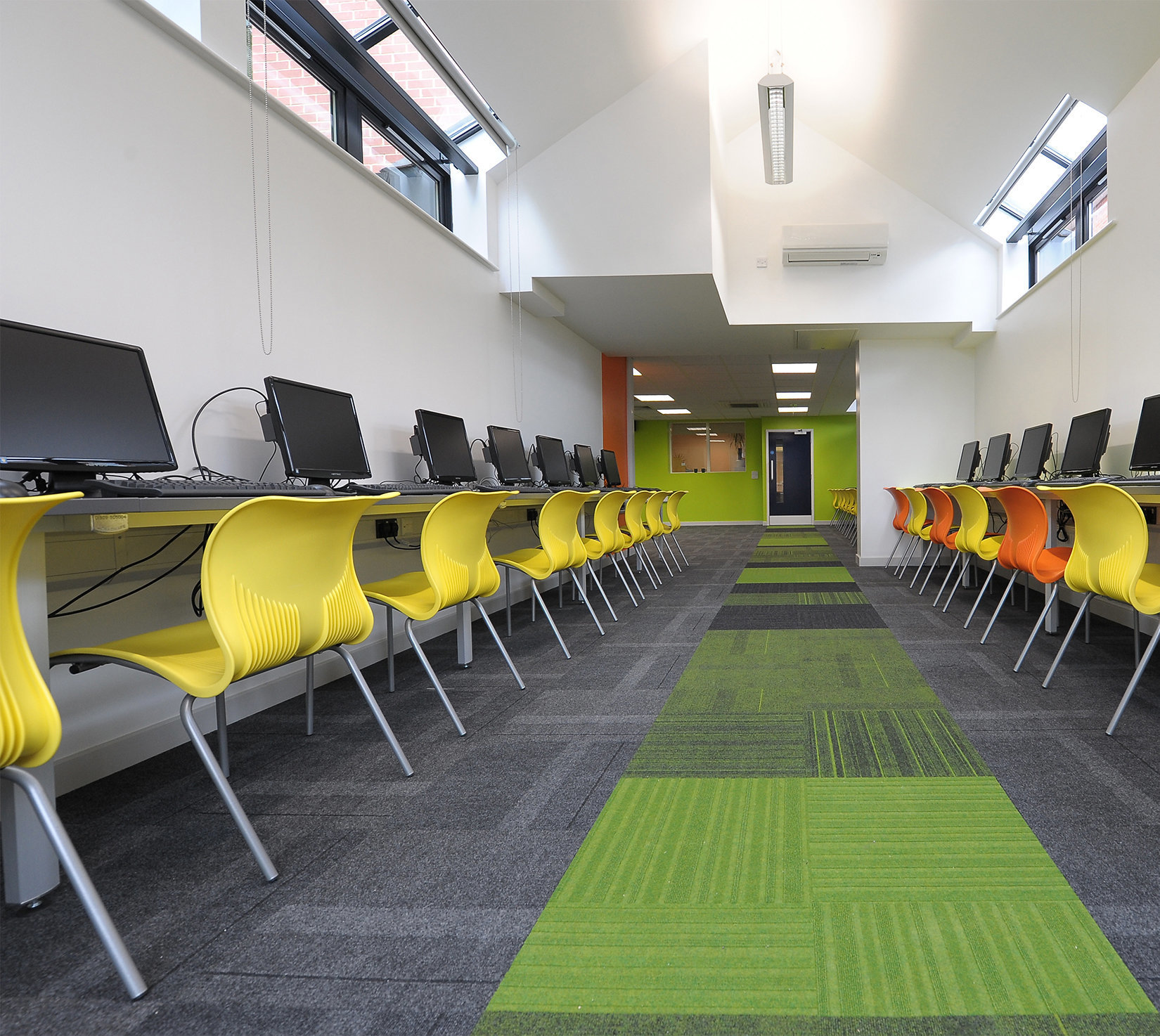The Benefits of Woodwork Education in Schools

Introduction: In recent years, there has been a resurgence of interest in hands-on education, and woodworking has emerged as a popular choice for schools seeking to provide students with a holistic learning experience. Woodwork education in schools offers numerous benefits, from developing practical skills to fostering creativity and critical thinking. In this blog, we will explore the advantages of woodworking in schools and how it positively impacts students' personal, social, and academic growth.
-
Building Practical Skills: Woodworking in schools equips students with practical skills that are essential for their everyday lives. By working with hand tools and machinery, students learn how to measure, cut, shape, and assemble wood, gaining proficiency in basic carpentry techniques. These skills not only prepare them for potential careers in woodworking or related trades but also enable them to handle common household repairs and DIY projects.
-
Enhancing Creativity and Design Thinking: Woodwork education encourages students to think creatively and develop a design-oriented mindset. Working with wood allows them to explore different forms, textures, and finishes, stimulating their imagination and artistic expression. Students learn to conceptualize their ideas, translate them into detailed plans, and bring them to life through woodworking projects. This creative process fosters innovation, problem-solving, and a sense of accomplishment.
-
Fostering Critical Thinking and Problem-Solving: Woodworking involves various stages that require critical thinking and problem-solving skills. Students must analyze a project, envision the steps required, and anticipate potential challenges. Woodwork education teaches them to develop patience, attention to detail, and the ability to troubleshoot and adapt when faced with obstacles. These problem-solving experiences enhance their analytical skills, promote resilience, and build self-confidence.
-
Nurturing Social and Emotional Development: Woodworking in schools offers a collaborative environment where students can interact and engage with their peers. Group projects encourage teamwork, communication, and the sharing of ideas. Working together on woodworking tasks promotes cooperation, negotiation, and the ability to appreciate diverse perspectives. Additionally, completing woodworking projects provides students with a sense of accomplishment and boosts their self-esteem, promoting emotional well-being.
-
Connecting with Other Subjects: Woodwork education provides an opportunity to integrate various academic disciplines. Students can apply mathematical concepts such as measurement, geometry, and fractions to determine precise dimensions and angles. Science concepts related to properties of wood, tools, and joinery techniques can be explored. Additionally, woodworking projects can be integrated with subjects like history, culture, and environmental studies, enriching students' overall educational experience.
Conclusion: Woodwork education in schools offers a holistic approach to learning, empowering students with practical skills, fostering creativity and critical thinking, and promoting social and emotional development. By incorporating woodworking into the curriculum, schools provide students with a well-rounded education that nurtures their talents, prepares them for future careers, and instills a lifelong appreciation for craftsmanship and creativity. Woodworking in schools is not just about building wooden objects; it's about building well-rounded individuals ready to face the challenges of the world with confidence.

